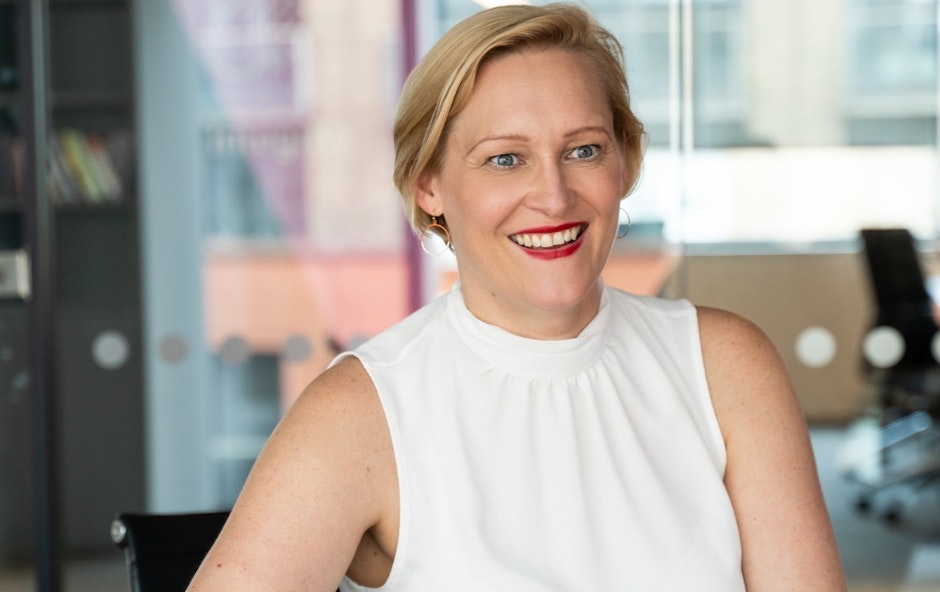It’s time to get onboard with programmatic OOH, or get left behind
Helen Miall is the CMO of VIOOH, the leading global digital out of home (OOH) marketplace

When I started my career client-side more than twenty years ago, I was always surprised that I needed to brief separate teams at the media agency about different channels within an ad campaign – often due to a divide between the digital and traditional media (press, OOH, etc.) teams. As my campaign was directed at the same consumers (regardless of channel), planning a campaign across channels in an integrated fashion seemed to make sense to me, despite my agency at the time trying to convince me otherwise.
Fast forward to today, and the division lines within agencies have certainly reduced. Advances in ad tech also mean that it is now a viable option for brands and agencies to easily plan, activate and manage campaigns through one buying point, regardless of which channels will be utilised in their campaigns.
Digital out of home (DOOH) entered the programmatic space less than five years ago, but with current global ad spend dominated by digital media, and OOH (both traditional and DOOH) currently signifying less than 5%, its inclusion alongside other programmatic elements has been limited. Until now.
This month marks the release of VIOOH’s annual State of the Nation report. We’ve expanded this year’s report to encompass more markets, adding Australia and France to the existing research done in the US, UK and Germany. We’ve also surveyed digital buyers, to widen the pool of respondents beyond traditional OOH buyers. The results give a snapshot of existing attitudes towards, and adoption of, programmatic OOH, as well as giving indicators of where growth will come from in the future.
Perhaps unsurprisingly, the need for increased flexibility due to uncertainties around Covid-induced lockdowns has been an accelerant for the adoption of programmatic OOH in the past 18 months. In-depth interviews with leading agency executives about the report findings revealed a common acknowledgement that, once experienced, buyers were unlikely to return to more traditional methods of buying DOOH, having grown accustomed to the benefits of programmatic OOH.
Another driver of adoption of programmatic in DOOH is the ability to include it within multi-channel campaigns, with 84% of industry executives globally agreeing to plan to ‘integrate programmatic OOH more closely into multi-channel campaigns’. Additionally, the top education-need globally was around how programmatic OOH fits within a multi-channel campaign.
It is therefore interesting to understand how programmatic OOH is being planned and bought, given the future growth as part of multi-channel campaigns. As a snapshot of the current situation, the results show an overlap in responsibilities, with a variety of approaches being taken.
Globally, 56% of agency execs and 69% of advertisers report having planned programmatic OOH alongside other OOH activity, whilst the same amount of agency execs (56%) and almost half (49%) of advertisers have planned it alongside other programmatic (digital) activity.
In terms of buying responsibilities, again there looks to be a shift towards the integrated approach, with 57% of agency execs and 49% of advertisers buying OOH programmatically through the digital programmatic teams. This is interesting, as despite only being a few years old, it shows that OOH is now being planned and bought as part of an integrated programmatic strategy in about half of all campaigns, as opposed to being planned as a stand-alone channel. This gives strong support to the prediction that OOH will be integrated more closely with multi-channel campaigns in the future.
But what does this mean for OOH specialists? The report indicates that even OOH teams are upskilling their programmatic capabilities, with more agency and advertiser execs (56% and 52% respectively) reporting buying through a dedicated programmatic OOH team versus the traditional OOH teams (48% and 47% respectively).
Across the agency and advertiser spectrum, this study shows that the narrative around programmatic OOH is clear. Once tried, advertisers are reluctant to go back to more traditional methods, so it's time for advertisers, media buyers and specialist OOH teams to get onboard with programmatic OOH, or get left behind.

